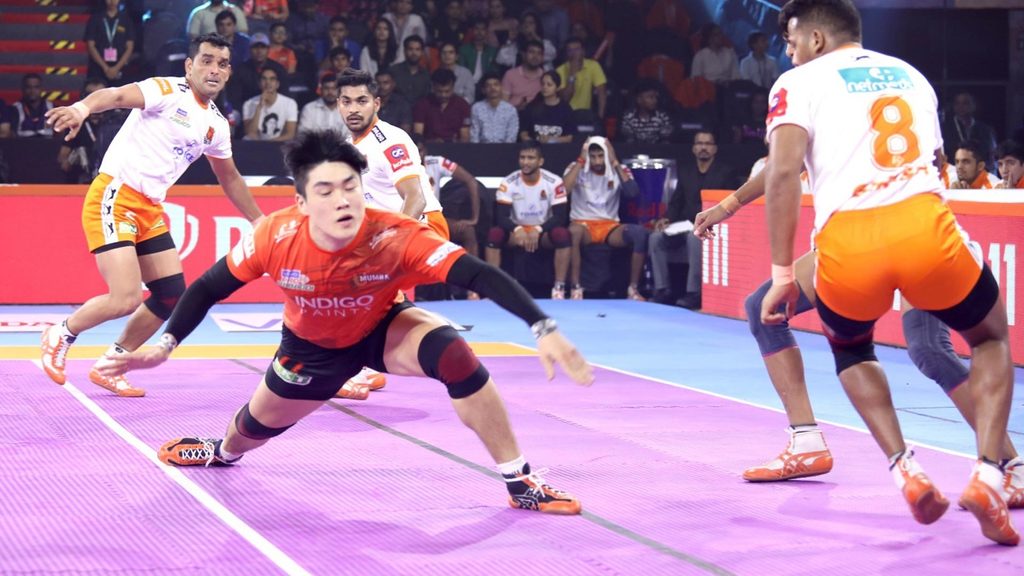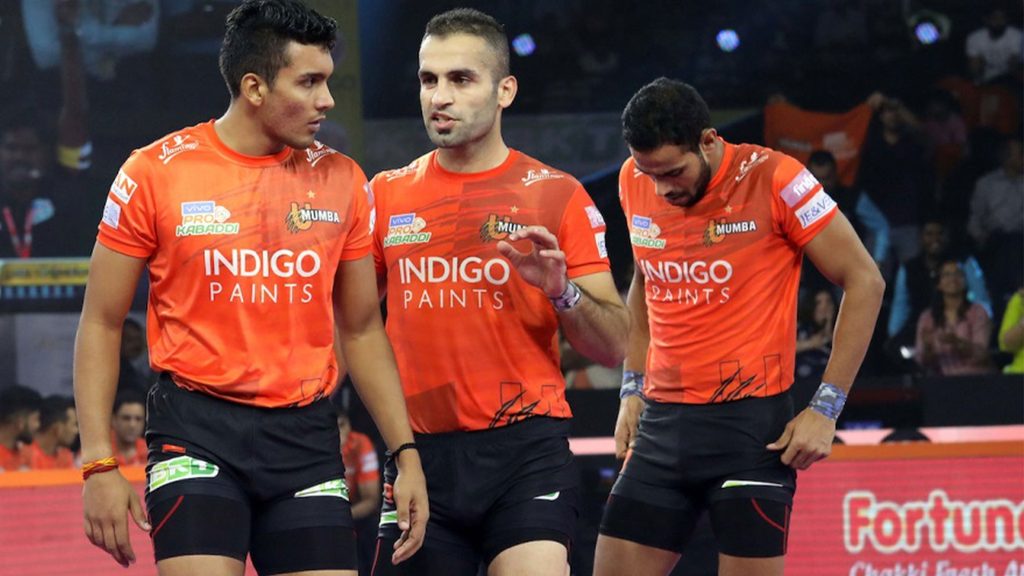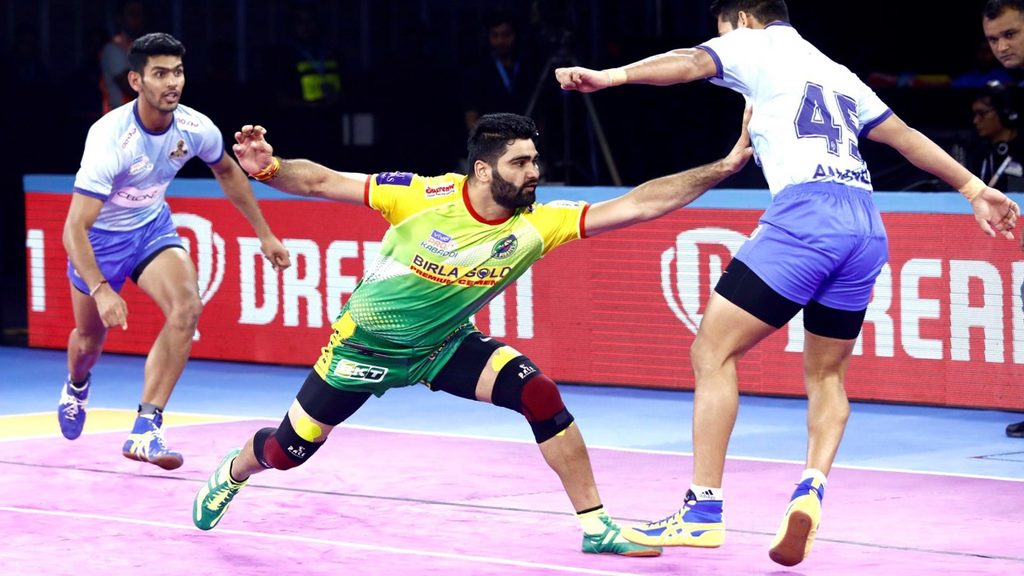Features
Kabaddi: A gift from India to the world of sport

“Kabaddi has already been included in the Asian Games and now, not just India, but all Asian countries must come together to ensure that the sport is included in the Olympics as well. That is our ultimate goal,” Union Minister of Youth Affairs and Sports in India, Kiren Rijiju had said in a statement addressing kabaddi coaches from all over the world earlier this year.
These words brought optimism to thousands of kabaddi fans amidst the growing demand for the sport’s inclusion in the biggest world sporting event. However, this is not the first time this indigenous sport has found mention at a global stage.

Played initially in mud courts across India, kabaddi’s first exhibition at a global event dates back to 1936 when it was showcased at the Berlin Olympics.
Having caught the eye of the audience, it got a tremendous response, even being reported on by many regional European newspapers. However, 84 years on, the sport has had little mention since.
But the meteoric rise of this Indian sport has helped change opinions in recent times with the introduction of the new rules adding to the thrill and popularity of the sport and in turn raising the stature of the sport and its players into sporting icons.
Resurrection of kabaddi in India
The year 2014 was monumental for kabaddi as it went from being perceived as a rural sport, to attracting an audience from every part of India. The advent of the franchise-based league vivo Pro Kabaddi enhanced the dynamics of the sport and gave it a major boost which drew attention from many other countries as well.

It provided platforms like the Future Kabaddi Heroes (FKH) initiative, where hidden talent was unearthed and showcased. This led to a surge in interest among the younger generation. The increase in audience reach brought with it a corresponding increase in aspiration value which attracted athletes from the world over.
“We received a lot of support from India after the 2016 World Cup,” said Patrick Nzau Muvai, the all-rounder from Kenya who was part of Haryana Steelers in Season 6 of vivo Pro Kabaddi in an interview to sportskeeda.com.
“India has helped in the rise of kabaddi in Kenya in a very big way,” affirmed Muvai, who has been one of many International players who got the opportunity to play in vivo Pro Kabaddi.
His is not an isolated story. The promise of an enduring career in sports led to a number of athletes taking an interest in kabaddi.
“Our kabaddi skills are improving,” said Michal Spiczko during the 2016 Kabaddi World Cup. “We may soon have more Polish players in Pro Kabaddi, which is something I dream of.
“It will be extremely important for the Polish people and will help them understand the sport better,” he had said.
The Polish kabaddi captain had played for Bengaluru Bulls in Season 2 of vivo Pro Kabaddi. There have been many examples of players like Muvai and Spiczko who have come to India to learn the sport and gone back with a wealth of experiences and techniques to share with fellow athletes.
Numbers tell the story

According to the Broadcast Audience Research Council’s (BARC) annual report of 2019, kabaddi has been the most viewed mass sport after cricket in India.
The numbers from the 2016 Kabaddi World Cup held in India touched 114 million in viewership across the 16-day tournament.
It saw countries like the United States of America, Australia, Poland, Iran, Kenya and Argentina participate in the tournament among others. The final match between India and Iran was one of the 50 most-watched events on television at the time.
While the call for going ‘Vocal For Local’ has been sounded in India, this local sport with humble origins is certainly the flag-bearer in the world of sports.
Related tags:
Latest Updates
- © Pro Kabaddi
- Terms & Conditions
- Privacy Policy
- Cookie Policy
Powered by: Sportz Interactive
